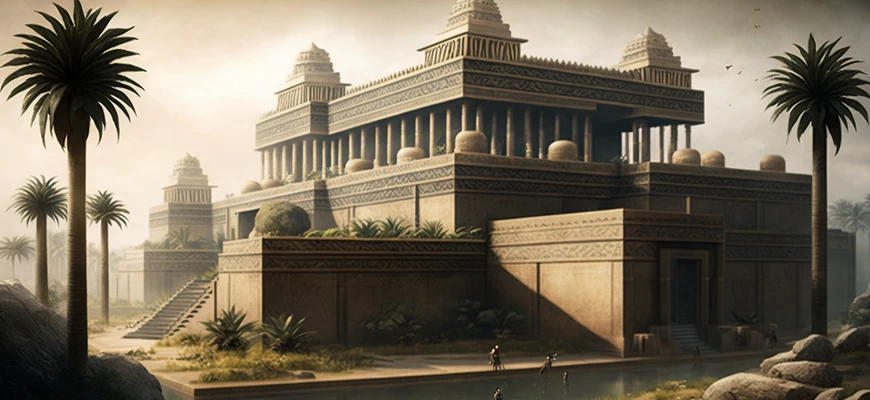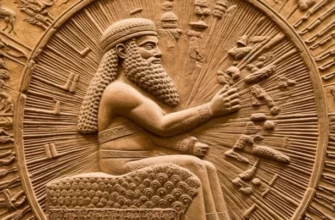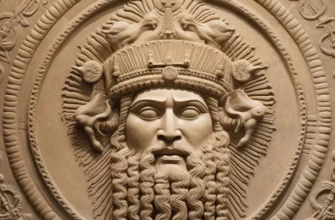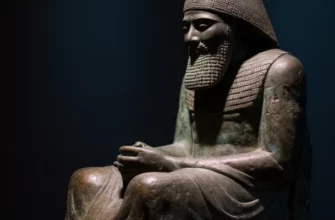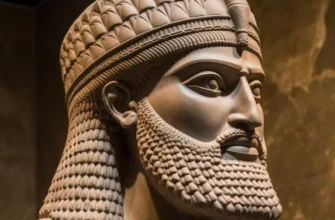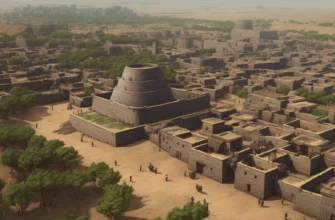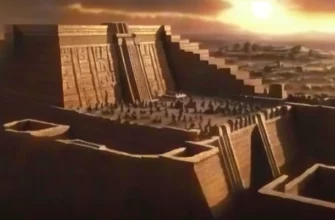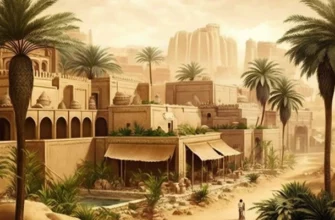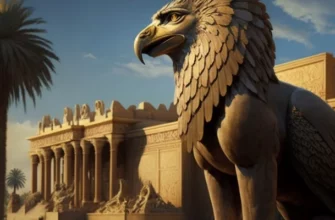Mesopotamia, located in what is now Iran and Iraq, was the cradle of the first civilizations. Writing originated here, and mathematics, astronomy, architecture, and other sciences developed. The religious beliefs of Mesopotamia greatly influenced the culture of the ancient East. The modern consequences of Mesopotamian civilization encompass politics, culture, and science. Studying ancient Mesopotamia is important for understanding the origins and development of the modern world.
- History of Mesopotamia
- The emergence of the first civilizations
- The development of Mesopotamia in ancient times
- Culture and religion of Mesopotamia
- Art and architecture
- Religious beliefs and rituals
- Scientific achievements
- Writing and literature
- Mathematics and Astronomy
- Mesopotamia’s influence on the modern world
- Conclusions
History of Mesopotamia
Mesopotamia is an ancient territory located in the valley between the Euphrates and Tigris rivers, in the territory of modern Iraq and Iran. The first civilizations arose here about 4,000 years ago. In the 7th-6th centuries BC, Mesopotamia was conquered by the Persians, then by the Macedonians, Parthians, and Romans. In the 8th century AD, Mesopotamia was conquered by the Arabs. Since World War I, the territory has belonged to Iraq. Today, Mesopotamia is one of the key historical territories of the East, and studying its history is important for understanding ancient civilizations and the development of the modern world.
The emergence of the first civilizations
Mesopotamia is considered the cradle of the first civilizations, which appeared more than 4,000 years ago. The first settlements appeared on the banks of the Euphrates and Tigris rivers. People studied agriculture, developed writing, created a system of measuring time and a calendar. The first states on the territory of Mesopotamia were Sumer and Akkad. The first laws, state institutions, and systems of government were created within these states. Later, Mesopotamia became the center of the powerful Babylonian Empire, where science, literature, and art flourished.
The development of Mesopotamia in ancient times
Mesopotamia was the center of ancient civilizations, where various sciences and technologies developed. Writing appeared in Mesopotamia, the wheel was invented, and a system for measuring time and a calendar were created. The first state institutions were born in these places, laws appeared, and impressive architectural structures were built, such as the lost temple of Ziggurat. Belief in polytheism influenced culture and art. Mesopotamia became a center of trade, which led to the development of a monetary economy and the exchange of knowledge with other peoples.
Culture and religion of Mesopotamia
Mesopotamian culture was multi-layered and reflected a variety of influences and traditions. Mesopotamian art included such genres as sculpture, painting, mosaics, and engraving. The religious system was polytheistic, and religious rituals were of great importance to the culture and life of the people. Among the gods of Mesopotamia were Anu, Enlil, Inanna, and Marduk, each of whom played an important role in mythology and religion. Religious beliefs were reflected in the art, architecture, and other aspects of Mesopotamian culture.
Art and architecture
Mesopotamian art and architecture were impressive for their diverse and complex style. They reflected the mythology, religious beliefs, and social institutions of the time. Mesopotamian sculpture was mainly relief, depicting gods, rulers, and events from life. Mesopotamian art used clay, stone, metal, and other materials. Mesopotamian architecture is famous for its lost ziggurat temples, palaces, cities, and fortresses. They were built using innovative techniques and materials such as brick, concrete, and stone. These structures still stand as a testament to the glorious history of this ancient civilization.
Religious beliefs and rituals
The religious beliefs and rituals of Mesopotamia were multifaceted and played an important role in the lives of the people. The Mesopotamians believed in polytheism and worshipped various gods and goddesses. They performed religious rituals and sacrifices to ensure prosperity and victory in wars. The Mesopotamians also believed in life after death and worshipped their ancestors. Priests had great authority and played an important role in religious and social practices. Mesopotamian beliefs were reflected in the art, architecture, and other aspects of the culture of the time.
Scientific achievements
Mesopotamia was the cradle of civilization, where significant achievements in science and technology originated. They invented a writing system called cuneiform and developed mathematics and astronomy. They created a calendar consisting of 12 months and used a number system based on the number 60, which is still used today in measuring time and angles. The Mesopotamians were also known for their achievements in agriculture, particularly in irrigation farming. They created a system of canals and water supply, which allowed them to achieve significant prosperity in the economy and development of cities. All these achievements have made a great contribution to world culture and science.
Writing and literature
The Mesopotamians invented a writing system called cuneiform. They used clay tablets on which they made their records using the ends of sticks called styluses. Mesopotamian literature includes many works, including the epic “Gilgamesh,” which describes the life of a hero and spans three thousand years. Religious works were also created, such as Enuma Elish, which describes the creation of the world. Mesopotamian poetry and literature had a great influence on the further development of world literature and culture in general.
Mathematics and Astronomy
The Mesopotamians made a significant contribution to the development of mathematics and astronomy. They used a number system based on the number 60, which allowed them to develop mathematics and astronomy. They studied the movement of planets and stars and observed the sun and moon. The Mesopotamians also created a calendar consisting of 12 months and used solar and lunar calendars. They developed mathematical concepts such as fractions, proportions, and equations, and invented geometric shapes such as circles and rectangles. All of these achievements had a major impact on the further development of science and technology in the world.
Mesopotamia’s influence on the modern world
Mesopotamia had a huge impact on the modern world. Many of the achievements of this ancient civilization became the basis for the further development of humanity. For example, the number system based on the number 60, invented by the Mesopotamians, is still used today in geography and astronomy. In addition, inventions in agriculture and construction became the basis for the further development of these industries. Mesopotamian writing became the progenitor of all other writing systems that emerged later. The cultural and religious traditions that emerged in Mesopotamia influenced the development of art, music, and literature in other countries. Thus, Mesopotamia is of paramount importance to the development of humanity and its cultural heritage.
Conclusions
The ancient civilization of Mesopotamia is one of the most significant and influential civilizations in human history. The Mesopotamians created many inventions that influenced the further development of humanity, such as the number 60-based number system, agriculture, writing, and construction. The cultural and religious traditions of Mesopotamia also left their mark on the history of art, literature, and music.
Mesopotamia was characterized by complex political structures, such as city-states and empires, as well as wars with neighboring peoples. However, Mesopotamia was also a center of trade and cultural exchange between different peoples.
Overall, Mesopotamia has had a significant impact on the modern world and continues to be a subject of study for historians and archaeologists.
